What is a PAR light bulb
A PAR light bulb is a directional lamp that features a reflector in a parabola shape. The explicit parabolic nature of the reflector allows light to be precisely reflected directly out of the bulb cavity, with less dispersion. PAR light bulbs are a large family of reflector lamps that have an extensive range of applications, e.g. recessed and track lighting, automotive lighting, aircraft landing lights, and theatrical lighting. PAR lamps of small sizes (PAR16, PAR20, PAR30, PAR38) are used to provide general purpose track and recessed lighting for residential use in kitchens, living rooms and dining rooms, as well as for commercial use in restaurants, retail, office, and hospitality applications.
Lamp designation
The designations PAR16, PAR20, PAR30, and PAR38 refer to the reflector design and overall diameter at its largest circumference. PAR stands for parabolic aluminized reflector. The second nomenclature defines the lamp diameter in eighths of an inch. A PAR16 lamp is 16/8 inches or 2 inches in diameter. A PAR20 lamp is 20/8 inches or 2 ½ inches in diameter. A PAR30 lamp is 30/8 inches or 3 ¾ inches in diameter. A PAR38 lamp is 38/8 inches or 4 ¾ inches in diameter. The most available base type for these PAR lamps is the E26/E27 medium screw base. PAR16 bulbs are also fitted to GU10 bases, but these bulbs are more commonly referred to as GU10 bulbs. PAR30 bulbs also come in both long neck and short neck options. The long neck PAR30 bulb has a maximum overall length between 4.2-5 inches. The length of the short neck version ranges from 3.4 to 4.72 inches. Long neck PAR30 bulbs are typically chosen for recessed cans while short neck PAR30 bulbs are more often used in track lighting fixtures.
Legacy lighting technologies
PAR lamps originally utilized tungsten filaments. An incandescent PAR lamp is made of a heat-resistant, pressed glass which has a reflective coating on the inside and is sealed to a separate glass lens. The beam angle of the directional emission is dependent on the half peak spread of the parabolic reflector. Efforts had been made to improve efficacy by introducing more energy-efficient CFL and metal halide technologies into the reflector lamps. However, not only the efficacy of these lamps is far from perfect, the operating characteristics (e.g., long warm-up and restrike time, limited sizes, poor color rendition, high flicker rates, poor dimming performance) make them less desirable in directional lighting applications.
LED lighting
Today, LED technology is incorporated into PAR lamps for high efficiency and highly controllable lighting. Vast energy savings and reduced maintenance costs from the use of LEDs with their extended lifetime give PAR LED lamps an impressive payback advantage over conventional lamps. The direct nature of LEDs results in highly controllable optical systems which grants LED sources far greater control over the light distribution for a high punch and optical delivery efficiency. Absence of UV and IR radiation makes LED lamps ideal for highlighting and accentuating merchandise or artwork as discoloration and fading of materials is minimized.
LED retrofit lamps
A PAR LED light bulb is an integrated LED lamp that comes with the form factor of legacy incandescent PAR lamps. The integrated lamp includes LED packages of an LED module, a driver capable of providing a constant regulated current supply to the LEDs, optics that regulate luminous flux from the light source, a heat sink which can be independent of or integrated with the housing, and other electrical and mechanical components. The LEDs can be an assembly of mid-power packages, a high power LED, or a COB LED. Mid-power packages features ultra-high luminous efficacy. High power LEDs are capable of delivering a high center beam candlepower (CBCP). COB LEDs produce very uniform light emission from a large light emission surface (LES).
Color quality
PAR16, PAR20, PAR30, and PAR38 lamps are most often used for highlighting and accentuating the texture, shape, finish and color of merchandise, exhibits, historic artefacts, modern art, 2D paintings or 3D sculptures. As such, color quality is an important aspect to consider when evaluating these products. An LED light source can be characterized by its correlated color temperature (CCT) and by its color rendering index (CRI) or other color rendition evaluation system such as TM-30 (Technical Memorandum TM-30-18) and color quality scale (CQS). LEDs are available in chromaticities along the planckian curve from warm white to cool white. Color consistency is a critical detail in commercial showrooms, retail stores, museum and galleries. To ensure fixture-to-fixture uniformity and color differentiation is unnoticeable by human perception, color temperatures of LEDs for directional lighting should be preferably controlled with a 3 – 5 step MacAdam ellipse tolerance. The ability of a light source to accurately reproduce color is a crucial color characteristic for PAR lamps. For objects to be presented in a true-to-life way, the light source should carry a minimum CRI of 90 and R9 of 50. Both the color appearance and color rendition of a light source are reflected in its spectral power distribution (SPD) which charts the level of radiant energy present at each wavelength across the visible spectrum.
Beam performance
PAR lamps, which are often used to create visual excitement, are usually specified based on luminous intensity distribution characteristics—specifically CBCP and beam angle. CBCP refers to a lamp’s maximum beam intensity which is located at the center of a directional lamp beam (0°, or nadir). CBCP values are affected by both the light output and the beam angle of the directional lamp. A lamp with a narrow beam angle will have a higher CBCP than a lamp with wide distribution. Beam angle is the angle between the two directions for which the intensity is 50% of the center beam intensity. PAR lamps offer a choice of beam angles ranging from less than 10° (narrow spot) to greater than 60° (wide flood). A directional lamp also has a field angle which is the angle at which the beam intensity is 10% of the CBCP. Both beam lumens and field lumens are useful light and the field-to-beam ratio dictates if the beam is “soft” or “hard”. Unlike incandescent and fluorescent sources generate a diffuse glow and rely on reflectors to control the light distribution, the directionality of LED emission allows PAR lamps to eliminate large reflectors. Small optics, such as a TIR lens, can be used to control the light precisely while minimizing light loss.
LED driver
A PAR lamp has a line-powered LED driver designed for AC mains applications. The driver typically includes a switch mode power supply (SMPS) which connects to the AC mains through a power factor correction circuit (PFC) in order to comply with the power factor (PF) and the total harmonic distortion (THD) requirements. The driver may include other electrical circuits to execute sub-tasks such as input/output voltage detection and handling, switching mode control, current regulation, dimming control, and output filtering sequentially or in parallel. However, the small form factor of PAR lamps limits the incorporation of more sophisticated circuits, which may leads to comprise in efficiency, flicker removal, dimming performance, and reliability.

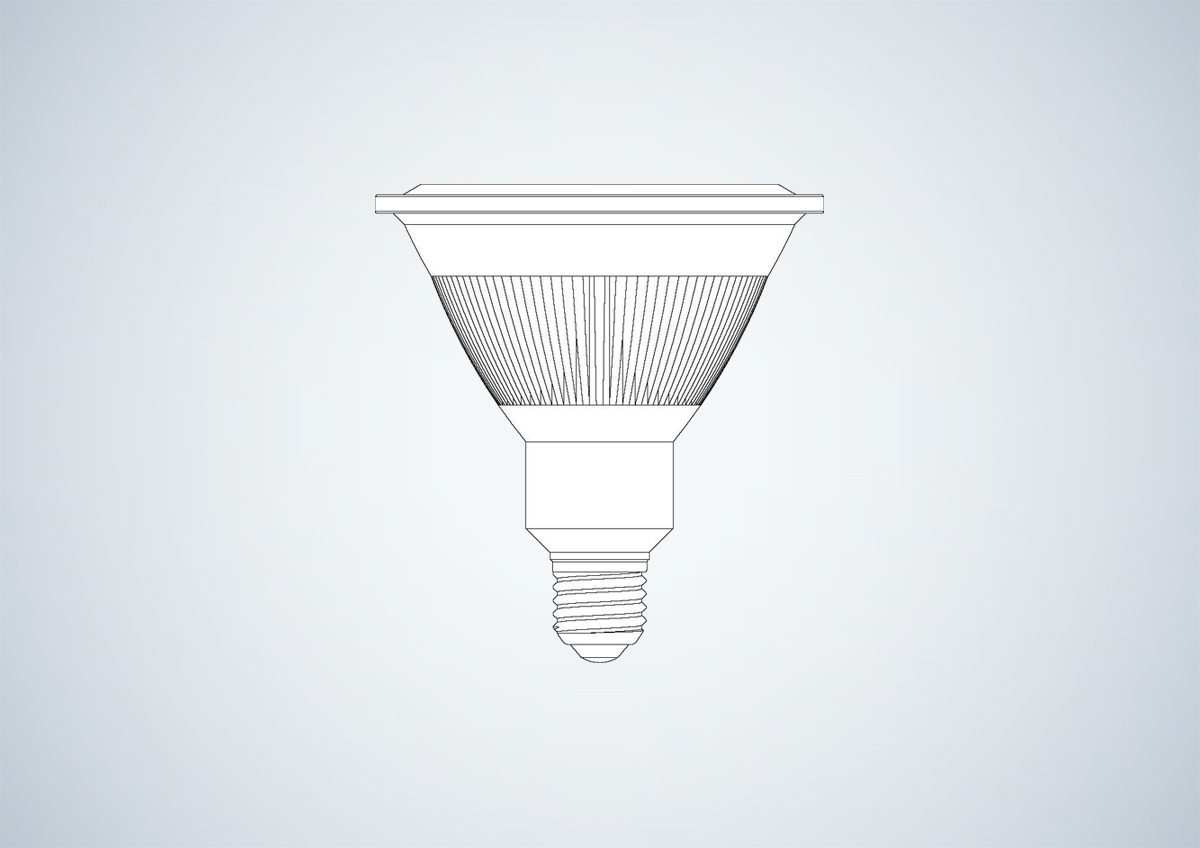
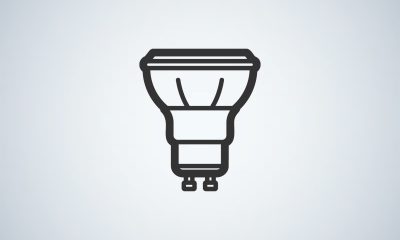
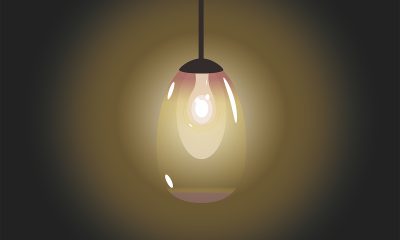

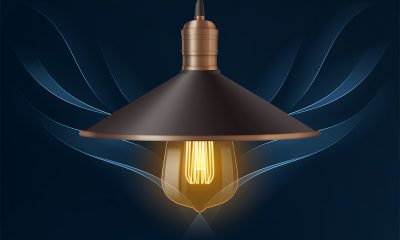


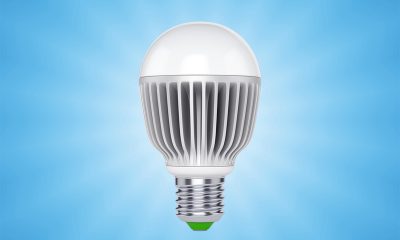
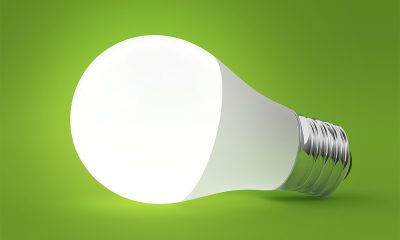

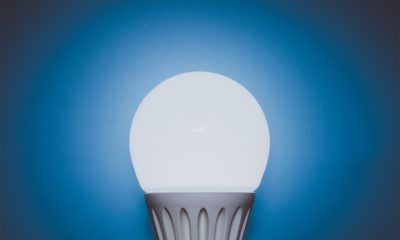
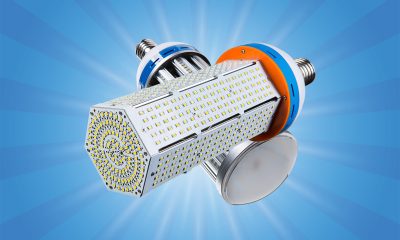






Loading...